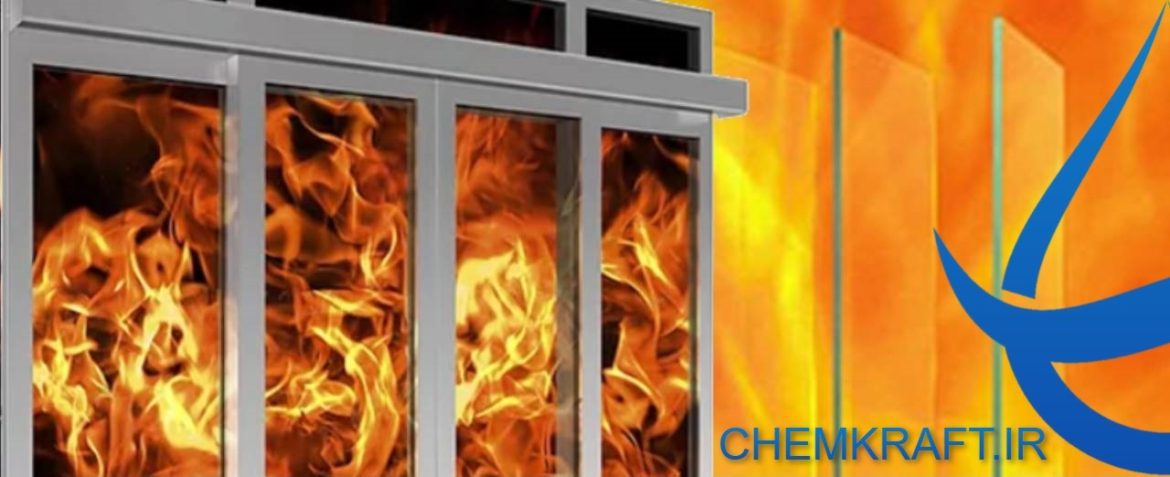CAUSTIC SODA APPLICATION FOR PRODUCING FIREPROOF GOODS: Caustic soda, also known as sodium hydroxide, is a highly versatile and widely used chemical compound. Its applications span across various industries, including the production of sodium stannate for the manufacturing of fireproof goods. This essay will explore the role of caustic soda in the production of sodium stannate and its significance in creating fire-resistant products.
Sodium stannate (Na2SnO3)
In the context of fireproof goods, Sodium stannate (Na2SnO3) is an important compound. It has been widely used as a flame retardant due to its ability to suppress the combustion process. However, the preparation of sodium stannate involves utilizing caustic soda as a key component. Caustic soda is employed in the production process to stimulate the reaction between tin and sodium hydroxide, forming sodium stannate as the main product.
Exothermic Reaction
The reaction between tin and caustic soda is highly exothermic, releasing a considerable amount of heat. This heat generated during the reaction is crucial for the formation of sodium stannate. Additionally, caustic soda plays a crucial role in maintaining the optimal pH level during the reaction, ensuring the desired product formation. This demonstrates the necessity of caustic soda in enabling the synthesis of sodium stannate.
Furthermore, caustic soda acts as a strong alkaline compound, enabling it to neutralize acidic impurities present in the materials used for fireproof goods. By neutralizing these acidic substances, caustic soda contributes to ensuring the quality and effectiveness of the fire-resistant products. Additionally, caustic soda helps in removing impurities and purifying the resulting sodium stannate, further enhancing its fire retardant properties.
Market demand
The use of sodium stannate in fireproof goods has become increasingly important in recent years. As fire safety regulations become stricter, there is a growing demand for materials that can effectively inhibit the spread of flames. Sodium stannate, produced through the utilization of caustic soda, offers a reliable solution to address this demand. Its ability to suppress the combustion process by releasing water vapors and generating non-combustible byproducts makes it an excellent choice for enhancing fire safety in various applications.
Facilitating the reaction
Moreover, caustic soda is known for its high solubility in water, allowing for easy and efficient incorporation into the production process. This solubility property ensures a uniform dispersion of caustic soda in the reaction mixture, consequently facilitating the reaction between tin and sodium hydroxide. Such ease of use and efficient reaction conditions contribute to the cost-effectiveness of producing sodium stannate for fireproof goods.
Conclusion
In conclusion, the utilization of caustic soda in the production of sodium stannate is essential for creating fire-resistant products. Caustic soda’s ability to stimulate the reaction, neutralize acidic impurities, and facilitate product purification makes it invaluable in the manufacturing of fireproof goods. As fire safety regulations tighten and the demand for fire-resistant materials increases, the significance of caustic soda and its role in producing sodium stannate cannot be overstated.









